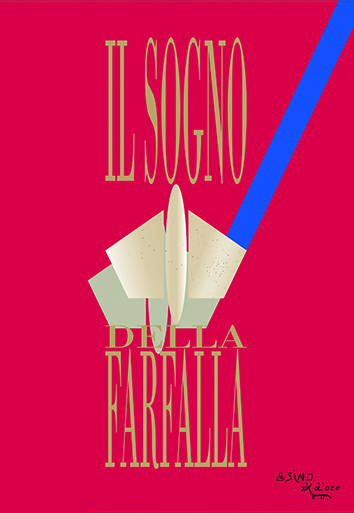“Una rosa a Fleming”. Teorie scientifiche della natura e della realtà umana
Abstract
The aim of this contribution is to compare Massimo Fagioli’s birth theory with the epistemological criteria used to evaluate the level of scientificity of a given theory in the realm of the natural sciences (physics, chemistry, biology). The starting point of this analysis is a discussion of a number of important aspects regarding the psychology and the logic of a scientific discovery. In respect to the former, it is common practice to consider the discovery of new laws governing nature (non-human) to be the result of a creative act which derives from an irrational non-conscious thought. On the other hand, importance is given to human creativity in mathematics, in light of Gödel’s theorem which argues that non-conscious thought is of a non-computational nature, that is it cannot be dismantled into a finite number of elementary logical processes, making it qualitatively speaking far more potent than rational thought which pertains to consciousness and wakefulness and can be dismantled. Thus it is demonstrated that the birth theory satisfies the criteria of a scientific theory, in that its fundamental implications can be falsified, that is they can be rebutted or confirmed in the face of results of appropriate scientific experiments. It is then argued that in light of recent experimental knowledge gained in the biological and neurophysiological fields, the fundamental implications of the birth theory have been confirmed leading to a confirmation of the theory on the whole. Mention is made of the fact that the neurophysiology of the electrochemical functioning of the system of neurons which composes the brain is totally inadequate in providing us with an explanation of the non-computational functioning of non-conscious thought and the author introduces the argument that alongside the biochemistry of the mind we must develop the physics of the mind, thus contributing to a radical criticism of organicism that follows on from Fagioli’s theory.


